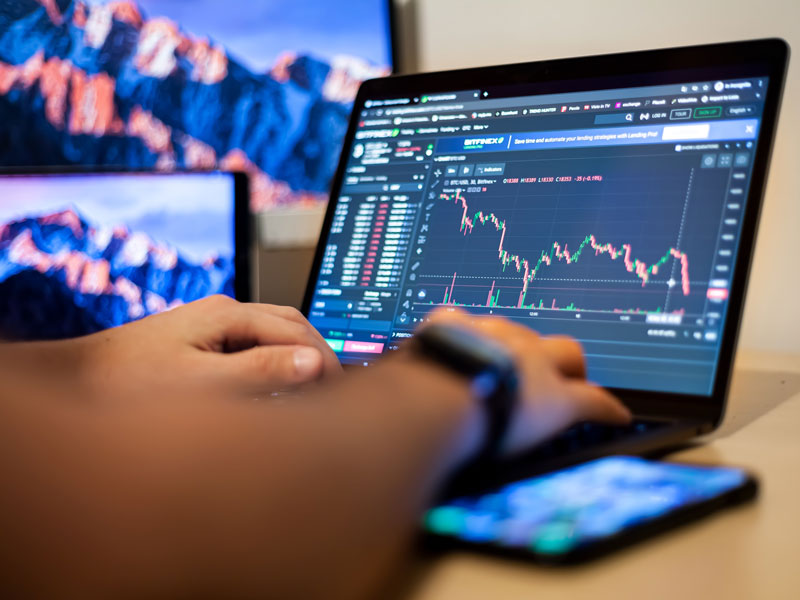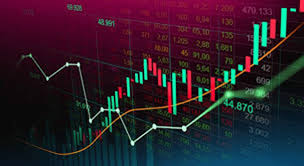
Forex Trading Tutorial: A Step-by-Step Guide
In today’s global market, forex trading has become an essential skill for many investors. Understanding how the forex market works, the strategies behind trading, and the depth of analysis required can be daunting. However, this comprehensive tutorial is designed to guide you through the basics, intermediate strategies, and advanced techniques that will aid you on your trading journey. You can also find reputable brokers in your region, like forex trading tutorial Uzbekistan Brokers, who can support you in your trading endeavors.
What is Forex Trading?
Forex, or foreign exchange, refers to the global marketplace for buying and selling currencies. Unlike stock markets, forex trading occurs over-the-counter through a network of banks, brokers, and individuals. The currency pairs trade in the forex market like commodities, and traders capitalize on fluctuations in exchange rates.
How Does Forex Trading Work?
Forex trading involves the simultaneous buying of one currency and selling of another. Currency pairs consist of a base currency and a quote currency. For instance, in the pair EUR/USD, the Euro is the base currency, and the U.S. dollar is the quote currency. Understanding how to read currency pairs is crucial for successful trading.
Key Terminology in Forex Trading
Becoming familiar with the specific terminology applied within the forex market is crucial. Below are some key terms every trader should know:
- Bid Price: The price at which the market will buy a specific currency pair from you.
- Ask Price: The price at which the market will sell a specific currency pair to you.
- Spread: The difference between the bid price and the ask price.
- Pip: A pip is the smallest price change in a currency pair, usually measured in the fourth decimal place.
- Leverage: Leverage allows you to control a large position with a relatively small amount of capital.
Developing a Trading Strategy
Every successful trader has a well-thought-out trading strategy. It is important to have clear goals and a plan on how to achieve them. Here are some strategies you might consider:
1. Day Trading
Day trading involves buying and selling currencies within the same day. Traders close all positions before the market closes to minimize risk from overnight price changes.
2. Swing Trading
Swing trading is a medium-term strategy where traders hold positions for several days or weeks to profit from anticipated price movements.

3. Scalping
Scalping is a quick trading strategy focused on profiting from small price changes. Scalpers typically make dozens or hundreds of trades in a day, often holding positions for just minutes or seconds.
Risk Management in Forex Trading
Risk management is equally as important as trading strategies. Here are key components to consider:
1. Setting Stop-Loss Orders
Stop-loss orders automatically sell your position at a predetermined price, limiting potential losses.
2. Position Sizing
Determine how much capital you are willing to risk on a single trade. This helps protect your account from significant losses.
Technical Analysis in Forex Trading
Technical analysis involves the study of historical price data to identify trends and trading opportunities. Here are some essential tools:
1. Candlestick Charts
Candlestick charts provide visual representations of price movements, helping traders identify patterns.
2. Indicators and Oscillators
Popular indicators include Moving Averages, Relative Strength Index (RSI), and Bollinger Bands. These tools help analyze price movements and signal potential entry and exit points.

Fundamental Analysis in Forex Trading
Fundamental analysis evaluates the economic factors influencing currency valuations, such as interest rates, inflation, and geopolitical events. Keeping up with news and data releases is essential for successful trading.
Choosing a Broker
Your choice of broker can significantly impact your trading experience. Here are factors to consider:
1. Regulation
Ensure that your broker is regulated by a reputable authority to protect your funds.
2. Trading Platform
Some brokers offer platforms with advanced tools that can enhance your trading experience.
3. Customer Support
A reliable broker should offer responsive customer support to address any issues that may arise.
Starting Your Forex Trading Journey
Once you have familiarized yourself with forex trading concepts, it’s time to test your skills. Start with a demo account to practice without risking real money. This will allow you to hone your strategies and refine your trading style.
Conclusion
Forex trading presents substantial opportunities, but it also comes with significant risks. By educating yourself, developing strategies, implementing risk management techniques, and selecting a trustworthy broker, you can increase your chances of success in the forex market. Remember, consistency and discipline are key to becoming a successful forex trader. Happy trading!
